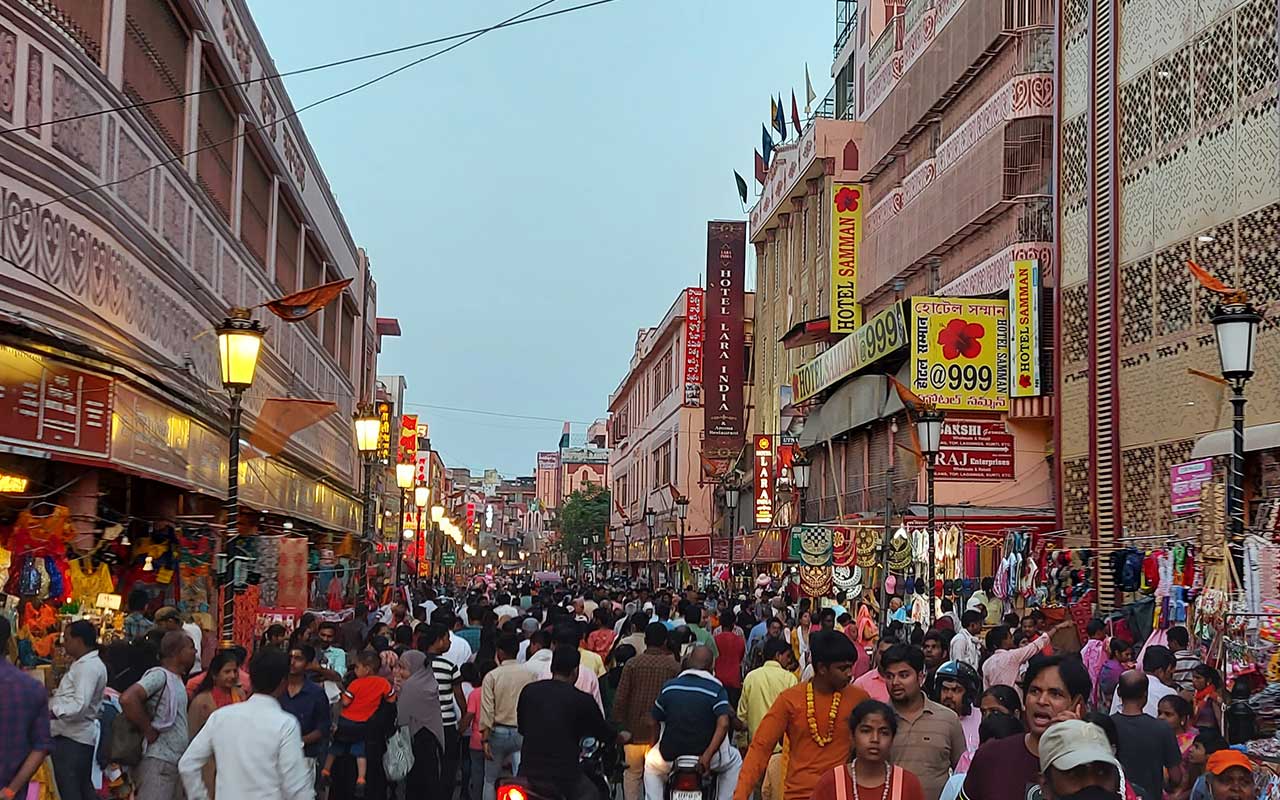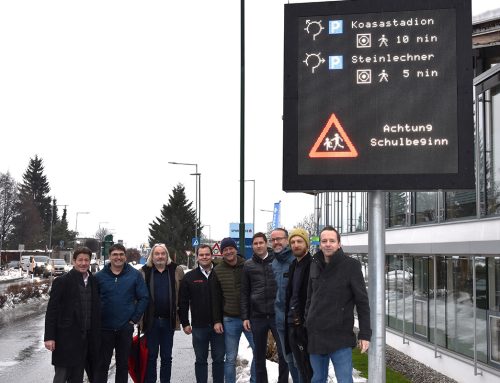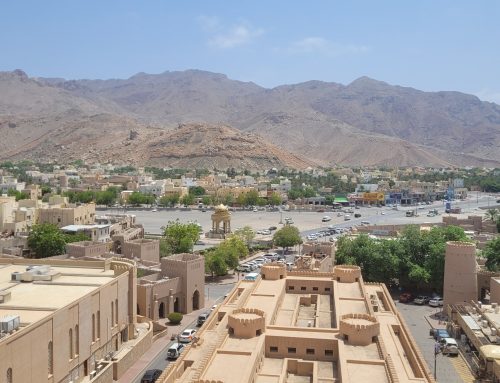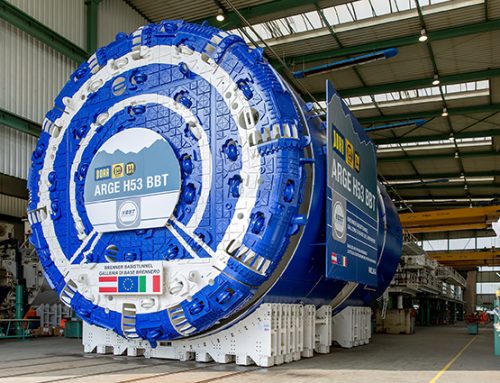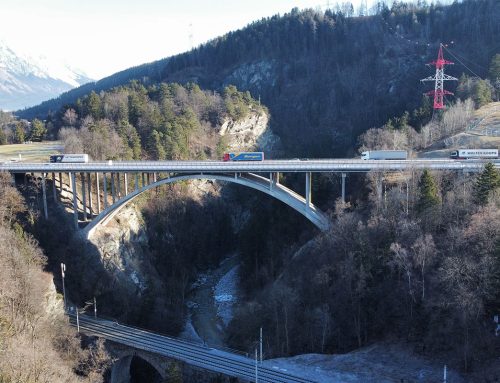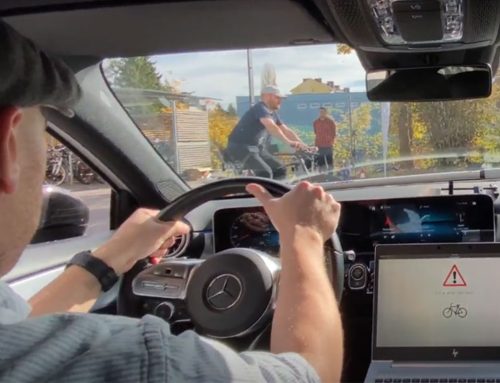The BERNARD Gruppe, in consortium with the Salzmann Ingenieure, was commissioned by the National Highway Logistics Management Limited, India, with studies for a total of seven ropeway sites. The ancillary conditions and requirements of the different project areas are particularly challenging.
The two towns Munisyari and Auli, both in the state of Uttarakhand, are characterized by adventure tourism and sport leisure activities. While a temple and pilgrimage site in Rishikesh will be accessed by ropeway from the town center, the ropeways in New Tehri and Nainital will help to shorten and relieve traffic congestion, but also to make the region more attractive. At the Nashik site in Maharashtra, two pilgrimage sites will be connected.
The centerpiece, however, is certainly the planned urban ropeway in Varanasi in the state of Uttar Pradesh. Due to the high housing density and the enormous pilgrimage tourism to the Ghats on the river Ganges, Varanasi is facing heavy traffic volume and suffering from its impact. A subway has not been realized so far due to various ancillary conditions. It is planned to build a ropeway connection from the railroad station “Railway Cantt” to Godowlia near the Vishwanath Temple to provide an attractive transport alternative, which can be realized comparatively quickly. The existing buildings’ high density and heights, the dense network of utility fixtures and the expected passenger volume represent the main challenges of the project.
The companies of the BERNARD Gruppe will be responsible for traffic studies, the modeling of the expected passenger volume, the conceptual design of the stations as traffic hubs integrating the ropeways into an overall traffic concept, the structural design of the stations and their foundations, the preparation of the tender documents as well as the exploration program. The project team is composed of specialists from diverse fields of expertise. The mix of international and national engineers is a result of the BERNARD Gruppe’s long tradition, which not only comprises the design of sustainable technical solutions but also knowledge transfer, thus providing local engineers with the tools to supervise and maintain infrastructure projects. In this way, an important contribution is made to further ensure sustainable development.

